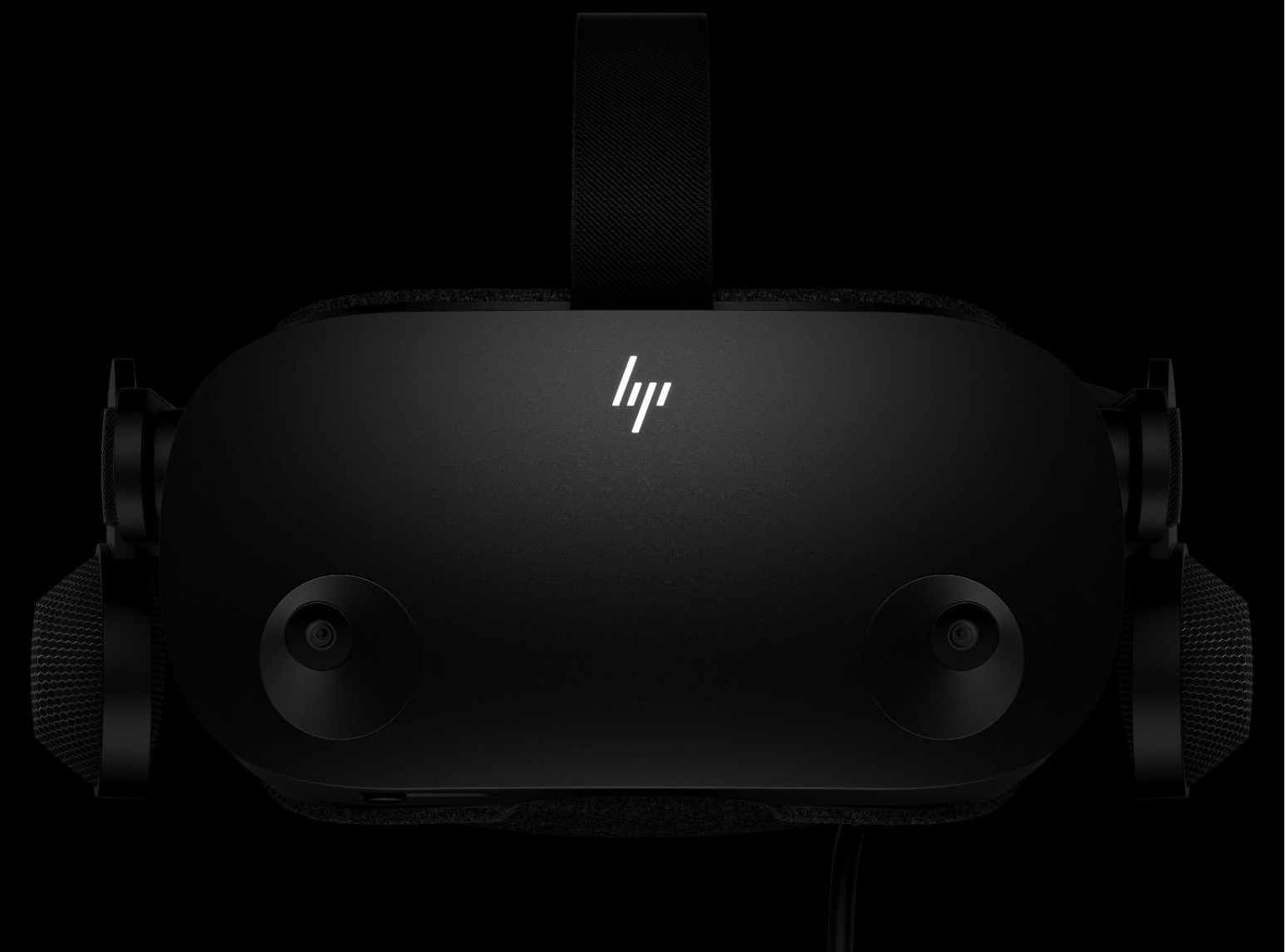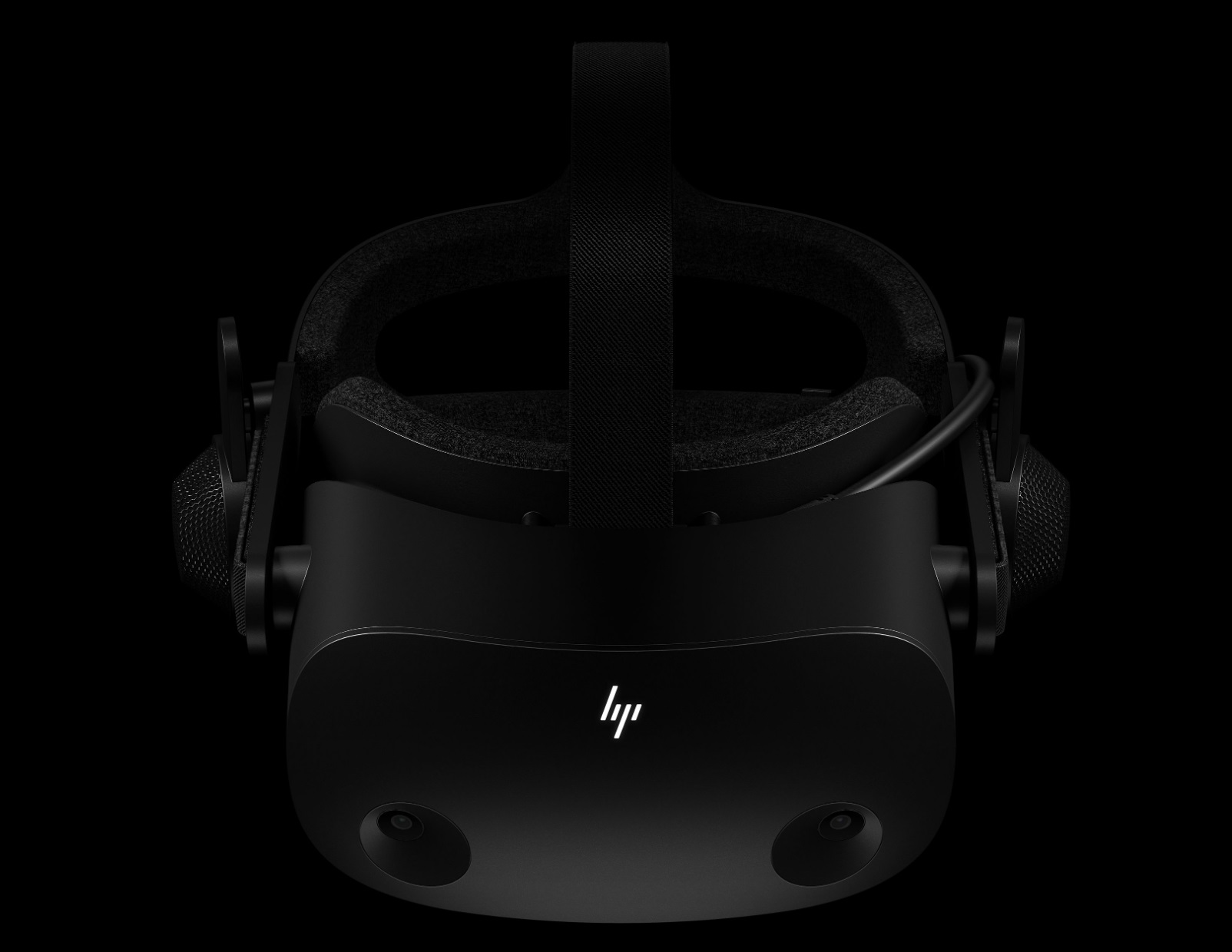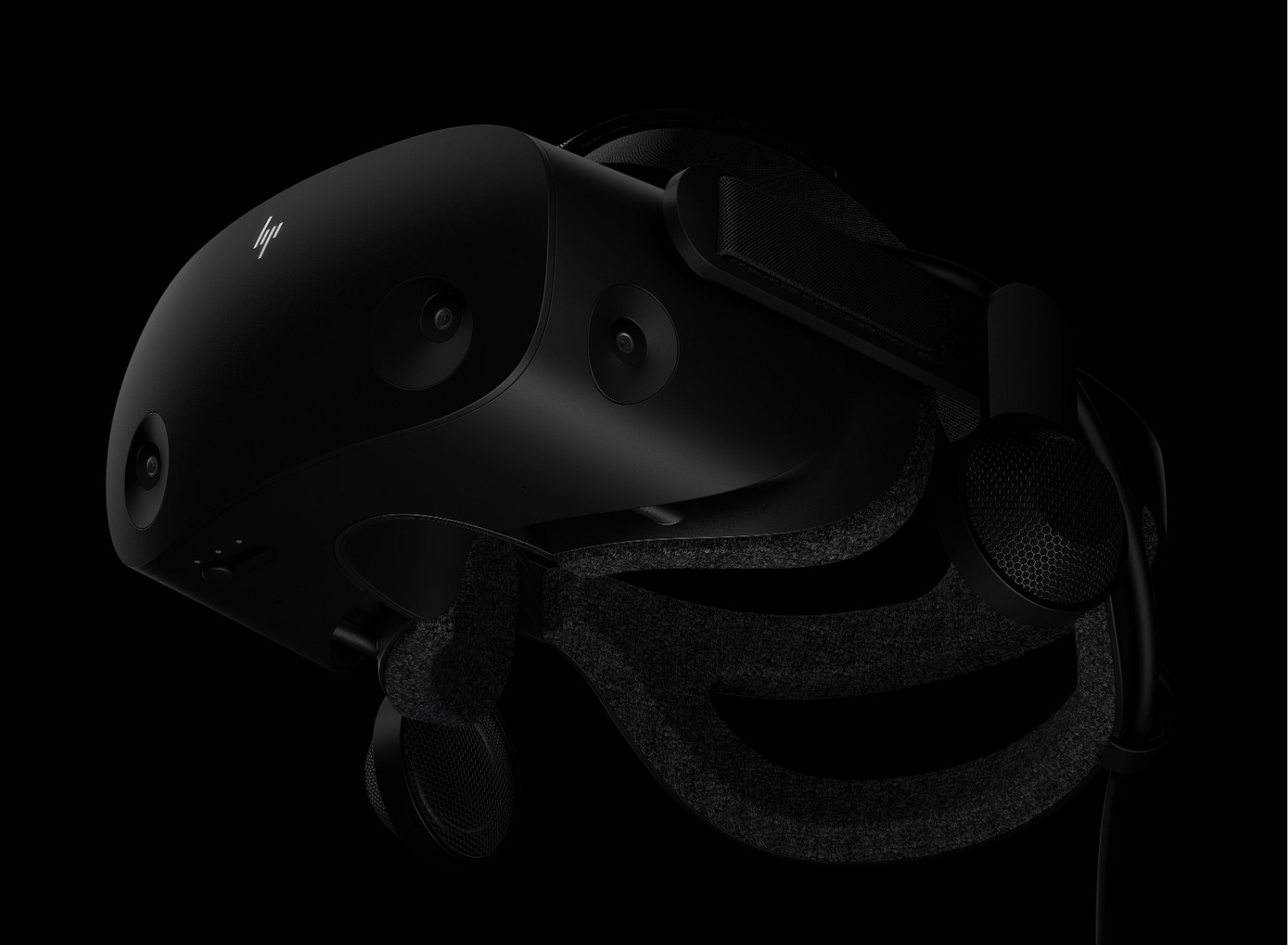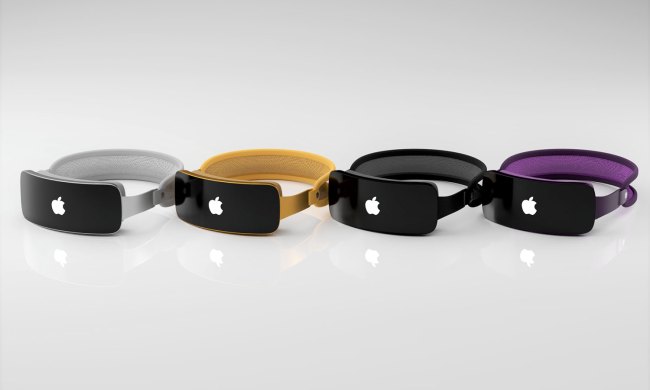HP teamed up with Valve and Microsoft to launch a new Windows Mixed Reality virtual reality headset, the new Reverb G2. The follow-up to the Reverb G1, the new headset is designed for gamers and brings together improved visuals, audio setup, inputs, and ergonomics for a more immersive Mixed Reality experience. Pre-orders are now live on HP.com today, with pricing set at $599 and a release coming later this fall.
HP claims the Reverb V2 is the world’s highest resolution VR headset. It sports 2,160 x 2,160 resolution per eye, as well as improved LCD lenses. Designed by Valve, the LCD lenses are mura-free, which removes the effect that makes it seem like you’re looking at a virtual image through dirty lenses. The displays still have a similar field of view as the original, but now has improved clarity, contrast, and brightness.
HP also worked with Valve to improve the angular resolution of the panels. There’s a mechanical IPD adjustment dial on the bottom which helps center the lens to your eyes for a more immersive VR experience. HP says it also reduces VR sickness.
Elsewhere, the Reverb V2 features a new face mask cushion. It still has a Velcro step design, but the cushion allows the headset to sit and hold better on a wearer’s face. It still has a 90-degree flip feature which lets wearers flip the headset up like a visor to peek into their real world. Other subtle changes include the cable going from double barrel to single barrel, USB-C for power delivery.
Cables also detach directly inside the headset to be more comfortable during use. Finally, the Reverb V2 no longer has a fabric finish like the Reverb V1, designed to make it easier to clean.
“Between the Valve designed lenses and the new LCD panels, it’s simply an amazing immersive experience this year,” John Ludwig, a lead product manager at HP, said during a virtual press briefing.
As for the input improvements, The Reverb V2 features twice as many cameras as before — going from two to four. This improves the controller tracking from the previous generation, as cameras on the side can now track the natural input with the controllers.
In partnership with Microsoft, HP is introducing a new Windows Mixed Controller for the Reverb V2, which should feel familiar to the ones from other virtual reality headsets. The new controller no longer has a trackpad, and rather has A, B, X, and Y buttons, although the menu and Windows buttons are still there.
“Between the new ergonomic controllers and the extra cameras to track, we’re promising a much more natural and intuitive experience for our customers,” Ludwig said.
With improved audio, HP and Valve have taken the speakers from Valve’s own Valve Index headset and put it in the Reverb G2. The speakers have support for spatial audio and sit 10mm away from the ear for increased comfort. They feature BMR speaker drivers and dual microphones for great bass and response times. The 3.5mm headphone jack from the last generation is removed, however.
HP also worked with Microsoft on the new headset, since Microsoft’s Windows Mixed Reality platform brings six degrees of freedom for inside-out tracking and a seamless plug-and-play integration into Steam VR.
HP believes the headset can even compete with the Oculus Rift S and says it gets 2.5 times as much resolution per eye, more arm movement tracking, clarity, and higher-quality audio.
“We feel like we’ve built the headset for ultimate immersiveness. VR is doing great and there’s going to be a lot of places people want to use VR in different ways,” Ludwig said.







